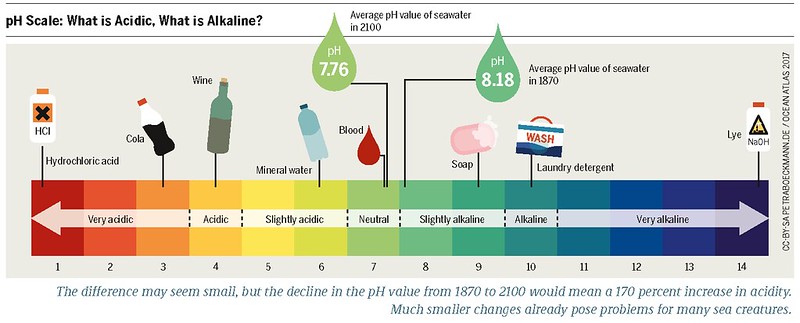The pH of surface water is a crucial indicator of its quality, ranging from 0 to 14, with 7 being neutral. Values below 7 indicate acidity, while those above 7 indicate alkalinity. For surface water sources, the mean pH value is typically around 7.005, with maximum and minimum values ranging from 9.950 to 4.160, respectively. However, it’s important to note that 27 out of 132 locations for surface water sources recorded pH values outside the range of the WHO standard for drinking water quality.
Factors Influencing the pH of Surface Water
Natural Influences
- Natural precipitation, such as rain and snow, has a pH near 5.6 due to contact with CO2 and other atmospheric influences.
- The surrounding environment’s acidity can also affect the pH of water, particularly near mining areas or in areas with acid runoff, which depletes the water’s alkalinity and lowers pH below optimum levels.
- Dissolved humic substances from runoff and uptake can cause “blackwater” sources to have a pH as low as 4.43.
Human Activities
- Certain human activities, such as those associated with agriculture, urbanization, industry, and mining, can result in increased hydrogen ion inputs into aquatic systems, leading to decreased pH and potentially adverse effects on aquatic biota.
Maintaining the pH Balance of Surface Water
To maintain the pH balance of surface water, it’s essential to address the contributing factors:
-
Managing Acidic Runoff: Addressing acidic runoff from mining areas or implementing practices that reduce the acidity of agricultural runoff can help maintain the pH within an acceptable range.
-
Incorporating Natural Buffers: Incorporating natural buffers, such as wetlands or vegetated buffers along waterways, can help neutralize acidic inputs and maintain a healthy pH level.
Home Remedies and DIY Solutions
When it comes to home remedies or DIY solutions for managing the pH of surface water, it’s important to note that addressing the root causes of pH imbalances is crucial. This may involve:
- Managing runoff
- Implementing best management practices for agriculture or industry
- Restoring natural buffers along waterways
However, it’s essential to consult with local environmental or water quality agencies to ensure any actions taken are appropriate and effective.
Conclusion
The pH of surface water is a critical indicator of its quality, with a typical mean value around 7.005. Various factors, including natural and human activities, can influence the pH of surface water. To maintain the pH balance, it’s essential to address the root causes of pH imbalances and implement practices that help neutralize acidic inputs.
References:
– https://www.tceq.texas.gov/cgi-bin/compliance/monops/daily_info.pl
– https://www.usgs.gov/special-topics/water-science-school/science/ph-and-water
– https://www.fondriest.com/environmental-measurements/parameters/water-quality/ph/
– https://www.ncbi.nlm.nih.gov/pmc/articles/PMC8789185/
– https://www.epa.gov/caddis/ph

